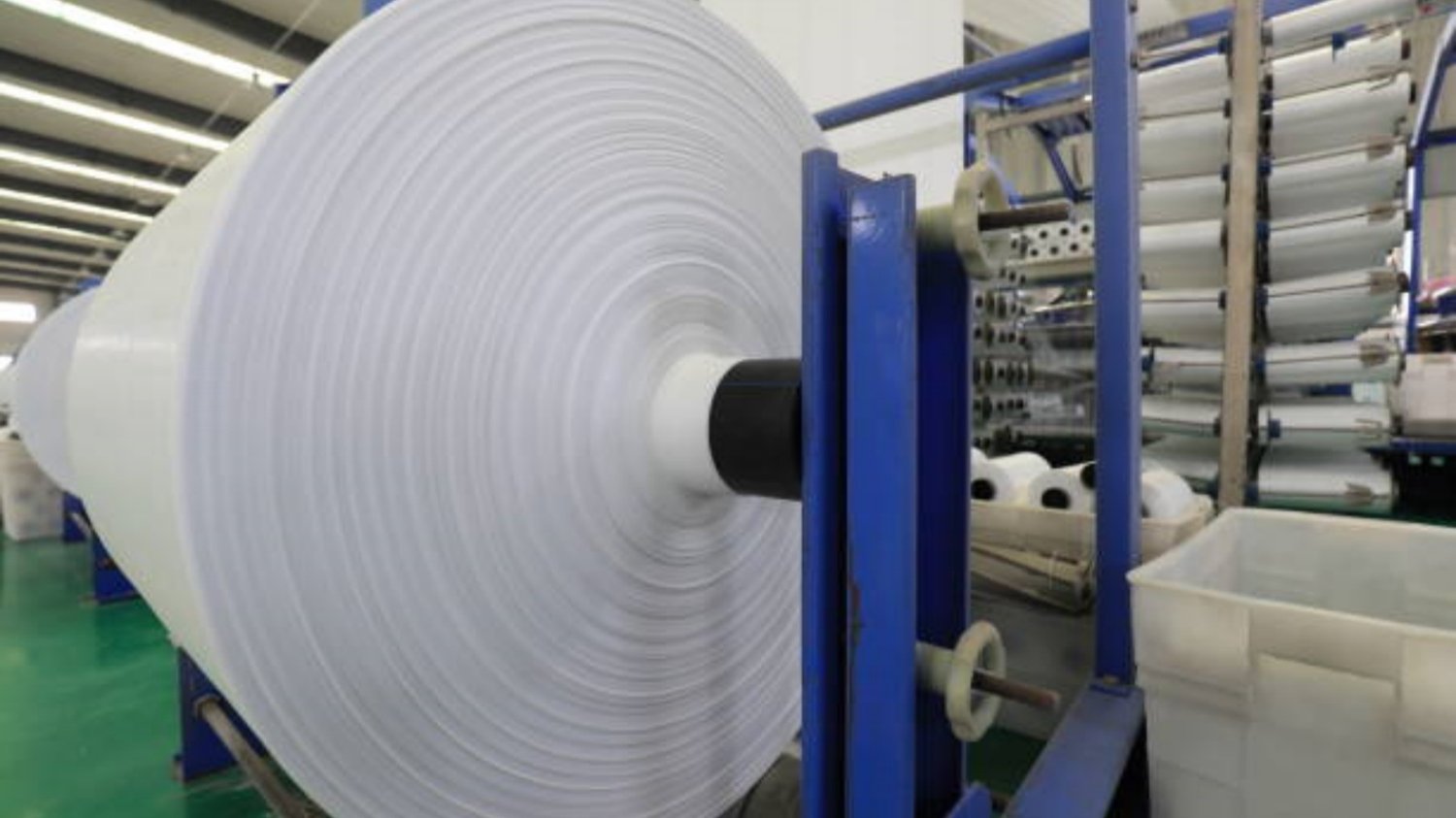Introduction
If you have ever seen a metal roof or wall panel, you are probably familiar with the term "roll forming." Roll forming is a manufacturing process used in constructing numerous products, from cars to ceiling grids. But How does a roll forming machine work?? In this article, we will cover all aspects of the process, from the basics of the machine to the finished product.
What is a Roll Forming Machine?
A roll forming machine is a piece of equipment that bends a strip of metal at room temperature, creating a desired profile. The process involves a series of rollers, each positioned to bend the metal to a specific angle. The metal strip is fed into the machine, and as each roller turns, the bent metal is pulled through until the final shape is formed.
Types of Roll Forming Machines
There are two primary types of roll forming machines: open-loop and closed-loop. Open-loop machines are ideal for simpler applications, such as manufacturing metal studs or tiles. Closed-loop machines, on the other hand, are more complex and can produce intricate profiles. Closed-loop machines are used in manufacturing items like c-channels, u-channels, and hat channels.
The Process: How Does a Roll Forming Machine Work?
The process begins with a roll of metal strip, typically made of steel, aluminum, or other metals. The strip is fed through a series of rollers, which gradually bend the metal. Each roller is positioned at a different angle, so as the strip moves through the machine, the angle of the metal changes until the final profile is formed.
Roll Forming Machine Components
A typical roll forming machine consists of several components, including the uncoiler, the straightener, the roll former, the cutoff press, and the exit conveyor. Each component plays a vital role in the forming process. The uncoiler holds the roll of metal, while the straightener ensures the metal is flat before entering the machine. The roll former is where the magic happens, and the cutoff press cuts the final product to the desired length. The exit conveyor carries the finished product away from the machine.
Reliability and Accuracy
One crucial aspect of roll forming machines is their reliability and accuracy. A machine that is not precise can result in waste and costly mistakes. Therefore, it is essential to choose a reputable manufacturer and invest in high-quality equipment. Industry leaders such as Bradbury Group offer machines with advanced software and automation, ensuring accurate results every time.
Applications of Roll Forming Machines
Roll forming machines are used in a variety of industries, from automotive to construction. Metal roof and wall panels, garage doors, and steel framing components are just a few examples of roll-formed products. The versatility of roll forming makes it a valuable manufacturing process for any company looking to produce quality, custom metal products.
Advantages of Roll Forming Machines
Roll forming machines have several advantages over other metal forming processes. Firstly, the process is continuous and can produce long lengths of custom profiles at high speeds. Additionally, the process requires minimal tooling changes, reducing setup time and costs. Roll forming also produces precise and consistent profiles, making it ideal for high-volume production.
Limitations of Roll Forming Machines
Despite its many advantages, roll forming has several limitations that must be considered. Roll forming is not suitable for all metals, and some metals may require pre-treatment to achieve a satisfactory finish. Additionally, complex profiles may require additional tooling, leading to increased costs. Finally, the size of the machine can limit the length of the produced material.
The Future of Roll Forming Machines
The roll forming industry is continually evolving, with new technologies emerging to improve the process. One such advancement is 3D Roll Forming, which uses CAD software to create complex profiles and eliminates the need for manual tooling. Additionally, automation and Industry 4.0 integration offer increased efficiency and cost savings.
Conclusion
Roll forming machines play a vital role in the manufacturing industry, producing quality custom metal products with speed and accuracy. Understanding the process and its components can help manufacturers choose the right machine and achieve optimal results. With the continued advancement of technology and automation, the future of roll forming machines looks bright.

